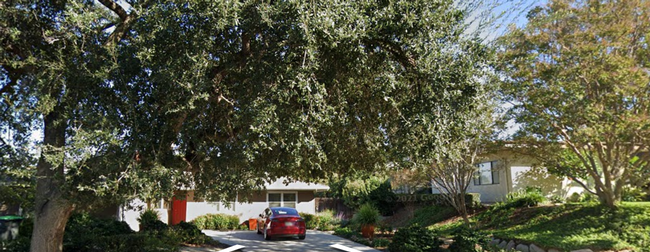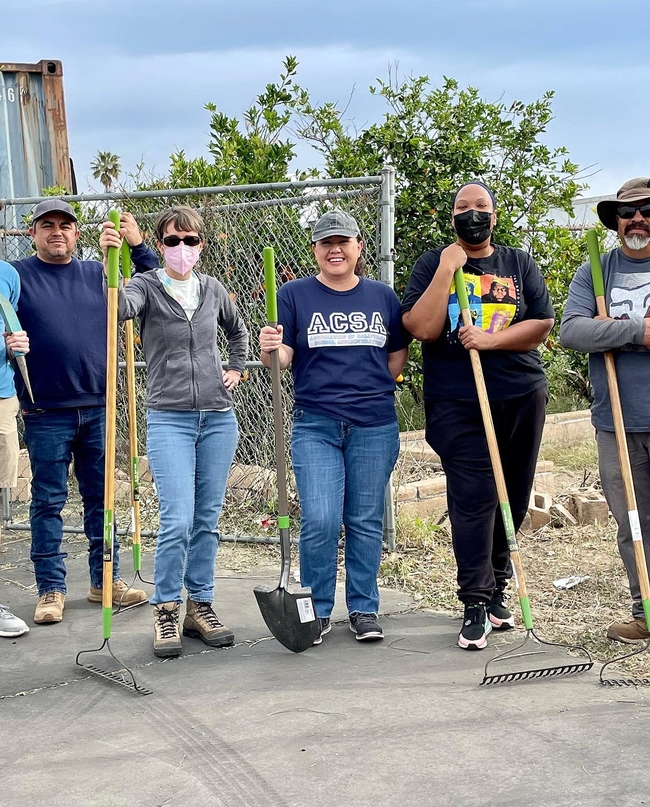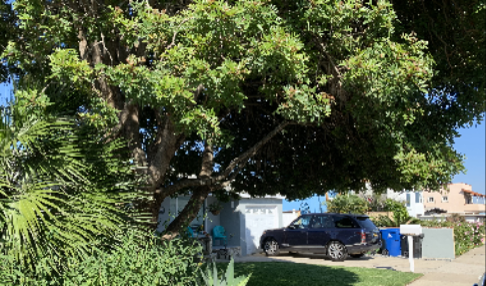- Author: Janet Hartin
University of California Cooperative Extension Drought Resources To Keep Your Plants Alive
"Trees Come First Under Drought and Water Restrictions"
Keeping Plants Alive Under Drought and Water Restrictions (English) https://anrcatalog.ucanr.edu/pdf/8553.pdf
Keeping Plants Alive Under Drought and Water Restrictions (Spanish) https://anrcatalog.ucanr.edu/pdf/8628.pdf
Prioritizing Trees During Drought and Water Restrictions (5 minute Youtube)
https://www.youtube.com/watch?v=CTKLlJgdLVk
Tips to Keep Your Landscape Trees Alive Under Drought https://ucanr.edu/b/~IjC
Landscape Tree Irrigation to Maximize Tree Health, Benefits, and Beauty https://ucanr.edu/b/~YjA
Landscape Tree Irrigation 101 https://ucanr.edu/b/~UjA
Top 10 Ways to Conserve Water in Your Landscape and Garden https://ucanr.edu/b/~tTD
Asphalt and Synthetic Turf are Superheating our Cities (in Desert Sun newspaper) https://www.desertsun.com/story/opinion/contributors/valley-voice/2022/04/09/coachella-valleys-asphalt-synthetic-lawn-heat-islands-reach-170/9515857002/
Use of Graywater in Urban Landscapes in California https://anrcatalog.ucanr.edu/pdf/8536.pdf
Need More Help? Speak to a UC Cooperative Extension Master Gardener in Your County of Residence. 
- Author: Janet Hartin
1. Select drought-resistant plants that grow well in your climate zone and microclimate (sun, shade, etc.). Try these search engines:
SelecTree: A Tree Selection Guide (calpoly.edu) Plant Search Database
Plant Search Database - Water Use Classification of Landscape Species (WUCOLS IV) (ucanr.edu)
For inland San Bernardino County: Home - Inland Valley Garden Planner
2. ‘Hydrozone': Place plants with similar water needs (very low, low, medium, high) together and water the hydrozones on different valves (or, if hand watering, water plants requiring the most water longer but not necessarily more often than other plants).
3. Make sure your irrigation system is operating properly (pressure, spacing, no weeds around heads, no broken parts, etc.).
4. Irrigate based on species and seasonal water needs (highest in summer) and soil type (sandy loam, clay loam, etc.).
5. Irrigate slightly below the current root zone depth of your plants to encourage deep rooting into cooler soil: - 6”-8” for annuals, perennials, and turf - 8”- 1' for shrubs - 1' or deeper for trees
6. Water early in the morning when soil evaporation is minimal.
7. Control weeds. They compete with your garden plants for water.
8. Spread and maintain 2-4” of mulch around garden plants and trees (3-4” for wood chips, 2” for pebbles, decomposed gravel, etc.) keeping it a few inches away from tree trunks.
9. Avoid over-fertilizing. Too much nitrogen creates weak growth and the need for more water.
10. If you have a lawn and still want to keep it, water based on the UC ANR 'Lawn Watering Guide': http://ucanr.org/freepubs/docs/8044.pdf
Contact a trained University of California Cooperative Extension (UCCE) Master Gardener in San Bernardino County for more help! mgsanbern@ucanr.edu (fastest!) or: (909)387-2182 (leave a message for a return phone call)
Redlands trees

